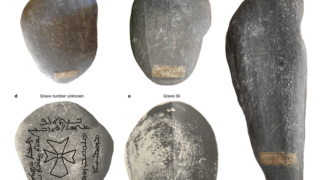
The dangers of agricultural big data
Most internet users are by now aware of the vulnerability of their personal data. When the news broke that tech companies misuse and manipulate our personal data, there was a widespread “techlash” against the corporate giants Facebook, Amazon and Google. The explicit motive for data harvesting is the prediction of consumer wants and needs. And […]








